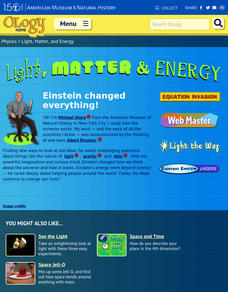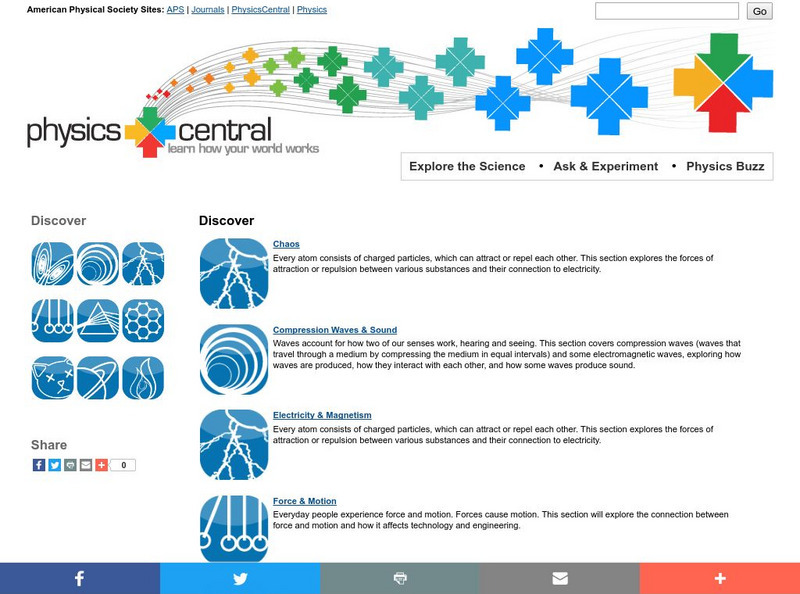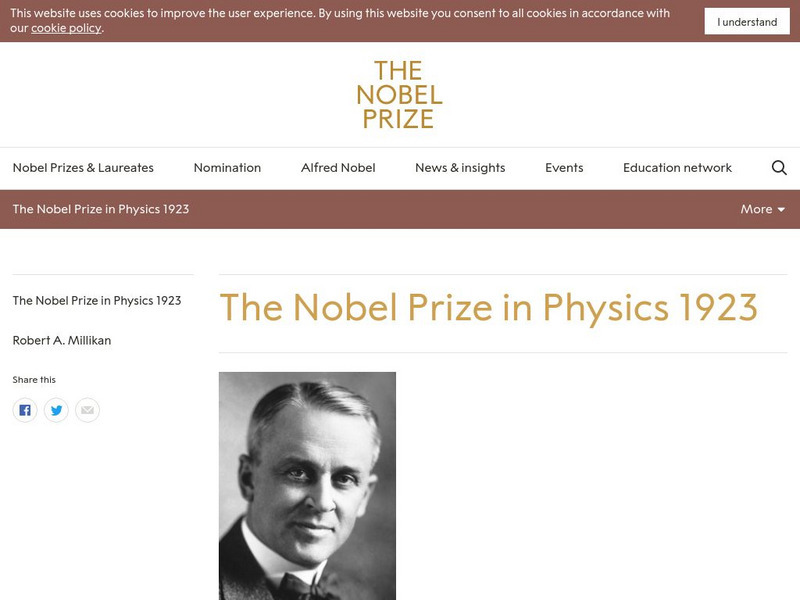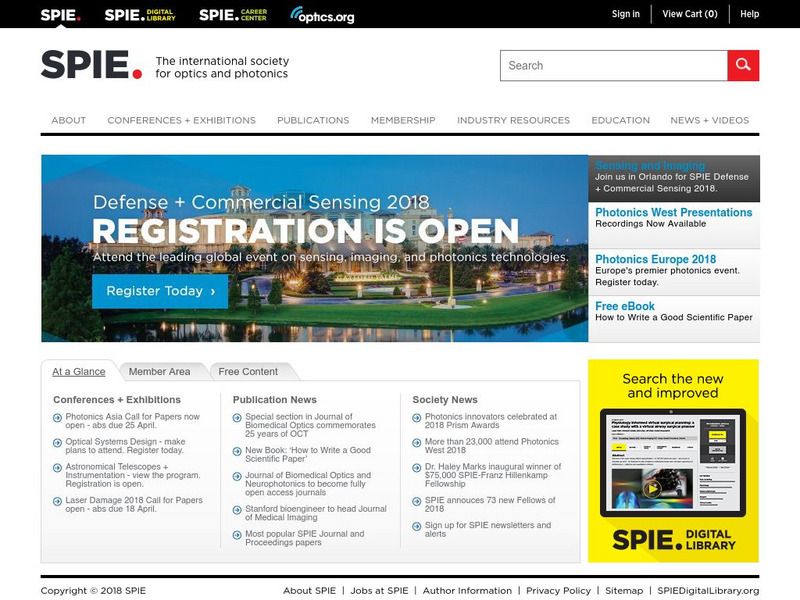American Museum of Natural History
Light, Matter and Energy
Let Einstein's work shine the way. Pupils read about Einstein's iconic equation, E=mc^2, using a remote learning resource and see how ideas from other scientists such as Kepner, Curie, Galilei, and Newton led to its discovery. They...
American Museum of Natural History
Train of Thought
Hop aboard the train of thought. A remote learning resource has learners consider thought experiments to consider scientific theories. It provides two examples, one on orbiting bodies and the other on the speed of light, for them to work...
American Museum of Natural History
Space and Time
Carve out some time to learn about space-time. Young scientists use a remote learning resource to read up on the relationship between space and time. They consider the idea of relativity, see how objects with a large mass can bend space...
Weber State University
The Sun and the Seasons
Why is there more daylight in June than in December if you live above the equator? How does the angle of sunlight shift throughout the year? Answer these questions and more with an interactive article about the sun, its path through the...
American Museum of Natural History
Being an Astronomer: Neil deGrasse Tyson
An interview delves deep into the life of famous astronomer Neil deGrasse Tyson.
Physics Central
American Physical Society: Physics Central: Discover Homepage
Link to nine major physics topics and dig deeper into the content. Find out about the work of scientists in each field and see example physical science experiments.
Science Buddies
Science Buddies: Career Profile: Power Distributors and Dispatcher
Science Buddies profiles careers you perhaps never even considered. Do you know what a power distributor and dispatcher does? Someone has to control the flow of electricity along the transmission lines to be sure nothing takes the power...
Nobel Media AB
The Nobel Prize: The Nobel Prize in Physics 1923: Robert Andrews Millikan
This Nobel website on the life and scientific work of Robert A. Millikan includes a biography, images, and internet resources for further reading and research. Also included are the 1923 "Presentation Speech" which praised Millikan's...
Optical Society
Optical Society of America: Optics for Kids: Exploring the Science of Light
A collection of information on the science of light and optics. Features a wide variety of resources: key events in history, reference materials, multimedia links, optical illusion activities, glossary of optics terms, and information on...
Art Institute of Chicago
Art Institute of Chicago: Education: Science, Art, and Technology
Six different on-line lectures, with accompanying lessons and project ideas, that discuss the link between art and science.
Other
Denison University: Physics of Dance
The researchers in this study set up a mobile lab including six 3D cameras, three laptops, and 70 luminescent markers. Volunteer dancers were prepped with the markers before turning in front of the cameras, which flash infrared light to...
Ducksters
Ducksters: Physics for Kids: Lenses and Light
Kids learn about lenses and light in the science of physics including concave, convex, converging, diverging, focal point, meniscus, and Plano lenses.
Ducksters
Ducksters: Physics for Kids: Behavior of Light as a Wave
Kids learn about the behavior of light as a wave in the science of physics including reflection, refraction, and diffraction.
Ducksters
Ducksters: Physics for Kids: Photons and Light
Kids learn about photons in the science of physics, the particles of energy that make up light including properties and how they interact with matter.
Ducksters
Ducksters: Physics for Kids: Theory of Relativity Light and Time
Kids learn about the speed of light and time dilation in regards to the theory of relativity in the science of physics. Also how gravity can change the passage of time.
Ducksters
Ducksters: Physics for Kids: Light Spectrum
Kids learn about the science of the light spectrum. Wavelengths and frequencies of the electromagnetic waves including visible light, primary colors, and subtractive colors.
Other
Arab Physics
While some of the pages on this site have yet to be filled, the pages that are complete are comprehensive. For example, pages on friction, heat, and the Doppler effect are illustrated and explain relevant formulas. A biography page...
Ducksters
Ducksters: Physics for Kids: Light
Kids learn about the science of light. Energy made of waves and particles called photons traveling at the top speed in the universe. What is refraction? The difference between transparent, translucent, and opaque.
Nobel Media AB
The Nobel Prize: Antoine Henri Becquerel Biographical
Read about Becquerel's (1852-1908 CE) contributions to the world of science, which earned him The 1903 Nobel Prize in Physics. This detailed biography includes important dates as well as an overview of his world with radioactivity.
Other
Einstein Archives Online
Online access to portions of Einstein's original papers and manuscripts.
NASA
Viewing the Violent Universe: What Are Gamma Rays?
The universe produces a broad range of light, only a fraction of which is visible to our eyes. Gamma rays are nonvisible light, which also includes x-rays, ultraviolet light, infrared radiation, and radio waves.
Nobel Media AB
The Nobel Prize: Microscopes Help Scientists Explore Hidden Worlds
This is a site full of information about various microscopes and the objects and processes scientists study with them. Includes timelines and interactive simulations.
Other
Spie: The International Society for Optical Engineering
The official website of SPIE, a professional organization for optical engineers. Contains links to career information, news about the industry, a technical library, and much more.





















